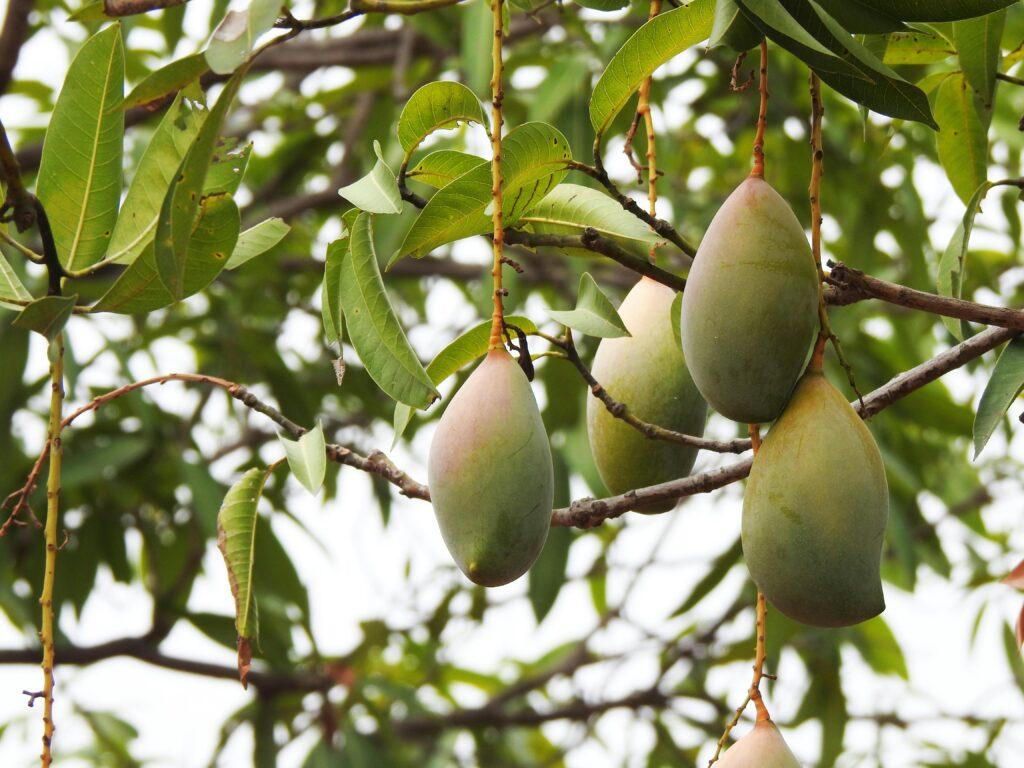Introduction:
In the heart of India’s verdant orchards, where the sun kisses the leaves and the breeze carries the scent of ripe fruit, a journey begins. It’s a journey that spans continents and cultures, connecting farmers and consumers in a shared love for one of nature’s most beloved treasures: the mango. Join us as we explore the intricate process of exporting mangoes from India to global markets, from orchard to table.
Overview of Mango Export Process:
Cultivation and Harvesting:
Cultivating mangoes for export is an art that begins with selecting the finest varieties and providing them with the ideal growing conditions. Farmers meticulously tend to their orchards, ensuring optimal soil health, irrigation, and pest control practices. When the mangoes reach their peak ripeness, skilled hands carefully harvest them, choosing only the fruit that meets the strict standards for export quality.
Post-Harvest Handling and Processing:
Once harvested, the mangoes undergo a series of post-harvest handling and processing steps to preserve their freshness and flavor. They are washed, sorted, and graded according to size, color, and maturity. To meet phytosanitary requirements for international trade, mangoes may undergo treatments such as hot water immersion or irradiation to eliminate pests and pathogens while maintaining their natural integrity.
Packaging and Storage:
Packaging plays a crucial role in protecting mangoes during transit and ensuring they arrive at their destination in optimal condition. Mangoes are carefully packed in sturdy containers, such as corrugated boxes or foam trays, to prevent bruising and damage. They may also be vacuum-sealed or wrapped in protective films to extend their shelf life. Proper storage facilities with controlled temperature and humidity further ensure the mangoes retain their freshness and flavor throughout the export journey.
Export Logistics and Supply Chain Management:
Transportation and Logistics:
Mangoes embark on a journey across land, sea, or air, depending on the destination and urgency of delivery. Air freight offers the fastest transit times, ensuring mangoes reach distant markets with minimal delay. Sea freight, while slower, provides a cost-effective option for large volumes of mangoes destined for distant shores. Regardless of the mode of transport, careful logistics planning is essential to maintain optimal temperature conditions and minimize transit times.
Customs Clearance and Documentation:
Navigating customs clearance and documentation requirements is a crucial aspect of mango export. Exporters must ensure compliance with international trade regulations, including obtaining phytosanitary certificates, completing shipping manifests, and adhering to customs declarations. By meticulously preparing and submitting the necessary paperwork, exporters facilitate smooth customs clearance and expedite the export process.
Market Engagement and Promotion:
Market Research and Targeting:
Before entering a new market, exporters conduct thorough market research to understand consumer preferences, demand trends, and competitive landscapes. By identifying target markets and segments, exporters can tailor their marketing efforts and product offerings to meet the specific needs and preferences of consumers.
Branding and Promotion:
Building a strong brand presence and promoting Indian mangoes in global markets is essential for capturing consumer attention and driving demand. Through digital campaigns, trade shows, and promotional events, exporters showcase the quality, flavor, and versatility of Indian mangoes, enticing consumers to experience the exotic taste of India’s finest fruit.
Quality Assurance and Compliance:
Adherence to International Standards:
Quality assurance and compliance with international standards are paramount in mango export. Exporters adhere to rigorous standards such as ISO, HACCP, and GlobalG.A.P. to ensure product safety, quality consistency, and compliance with phytosanitary requirements. By obtaining certifications from accredited bodies, exporters demonstrate their commitment to excellence and consumer safety.
Traceability and Transparency:
Traceability systems and technologies provide transparency and accountability throughout the mango supply chain. From farm to fork, consumers can trace the journey of their mangoes, learning about their origin, cultivation practices, and quality assurance protocols. By promoting traceability and transparency, exporters build trust with consumers and strengthen their brand reputation.
Conclusion:
As mangoes make their way from India’s orchards to global markets, they carry with them the essence of a land rich in flavor, culture, and tradition. Through meticulous cultivation, careful handling, and strategic marketing, Indian exporters connect consumers worldwide with the taste of sunshine and the sweetness of summer. With each bite of a ripe mango, we savor not just a fruit, but a journey that spans continents and cultures, bringing joy and delight to tables around the world.

